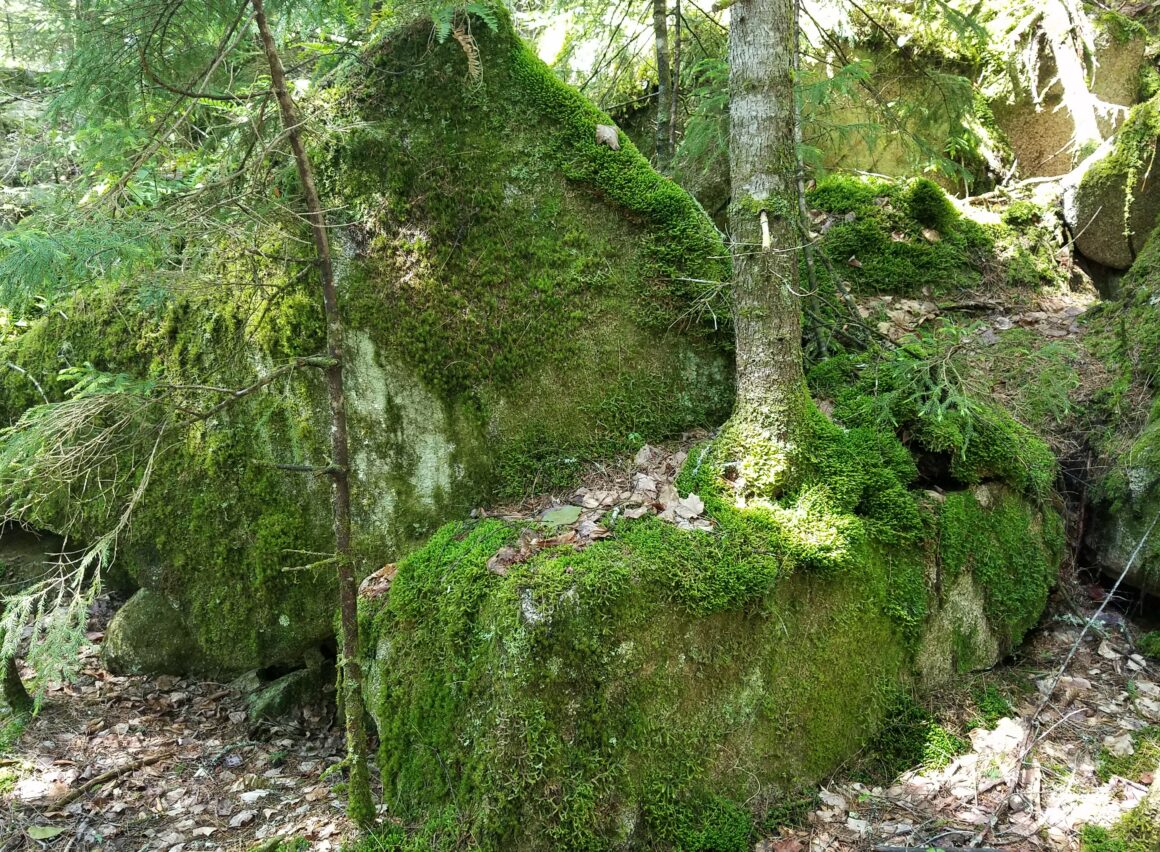End of life disposition practices such as embalming, cremation, and casket burials all pose significant environmental impacts. Green burial, however, is “a way of caring for the dead with minimal environmental impact that aids in the conservation of natural resources, reduction of carbon emissions, protection of worker health, and the restoration and/or preservation of habitat and has a lower environmental impact than traditional burial and cremation,” according to the Green Burial Council.
A 2020 report found that 44% of Americans plan on being cremated while 35% of Americans plan on using conventional methods which include a cosmetized embalmed body, presented in a viewing before being buried in a casket in a cemetery. Embalming dates back to the civil war when it was first used to preserve bodies for the train ride home to their families. Cremation practices, as we know them today, began in 1873 and have become popular due to cost, perceived environmental, and religious factors.
End of life body disposition methods in the United States use a lot of resources:
Materials and Toxins: Conventional burial uses 100,000 tons of steel, 1.5 million tons of concrete, 77,000 trees, and 4.3 million gallons of embalming fluid (which may contain formaldehyde, phenol, and glycerin) each year. These toxins eventually seep from the body and casket into the soil and water table.
Land Use and Maintenance: Burial takes up a lot of land and there are significant emissions from the maintenance aspects of gravesites and cemeteries at large.
Energy and Toxins: Cremation utilizes a lot of energy and releases harmful gasses to the environment, including mercury and dioxin. The cremation process releases an equal amount of carbon to two full tanks of gas in a standard automobile.
There are other options. For instance, the West Hill Cemetery and Funeral Home, located in Philadelphia, has the greenest burial practices in the U.S. such as:
- Using goats as natural lawn mowers, eliminating the need for mowing machinery. The goats keep invasive species at bay without releasing natural gas into the atmosphere.
- Promoting the growth of wildflowers and grasses to grow over graves to help create a landscape that evolves naturally.
- Maintaining a wall on the grounds where the names of the people buried are inscribed instead of traditional tombstones.
- Utilizing LED lights to increase energy efficiency.
- Keeping bee apiaries on the grounds to help pollinate the area.
Other alternatives to conventional burial and cremation that help reduce the environmental impact include:
- Human body composting where the body is broken down with organic material inside of an enclosure for weeks until it becomes soil.
- Aquamation where the body is placed in a solution of 95% water and 5% potassium hydroxide. The body dissolves in 20 hours and the remaining skeleton is ground up and given to loved ones.
- Burial in the root ball of a tree which involves putting human remains in pods so that a tree will grow from the grave rather than a tombstone.
- Burial in a mushroom suit where the body is placed in a “suit” threaded with mushroom spores. These spores accelerate decomposition and leave behind a toxin free compost.
With more Americans thinking about green burial as an end-of-life option, it is important to know that there are many options. To find a green burial location near you, visit the Green Burial Council’s list of certified cemeteries. If you are interested in reducing your end-of-life environmental impact, green burial may be a great option to consider.
Anna Wachsmuth and Joan Plisko

